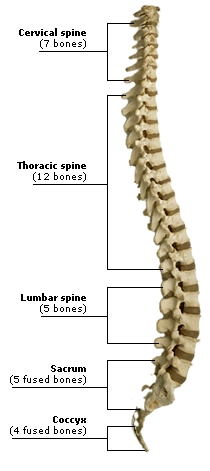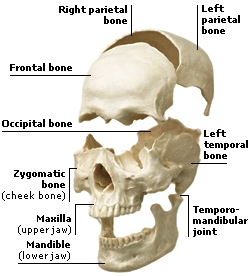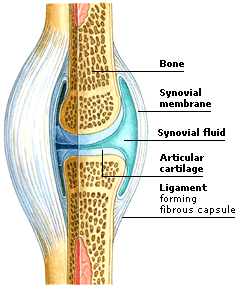The body is supported and its internal parts protected by a strong yet flexible framework of BONES called the skeleton. These bones meet at JOINTS, most of which allow movement between the bones they connect. As well as protection and movement, bones provide a store for the mineral calcium, which is vital to the working of nerves and muscles. They also contain bone marrow, which makes blood cells and stores fat.
THE HUMAN SKELETON

This highly flexible structure, also called the vertebral column, supports the head and body. It also protects the delicate tissues of the spinal cord. It is made up of 33 bones called vertebrae, separated by intervertebral discs, which act as shock absorbers. The bones of the spine are kept in place and supported by attached ligaments and muscles.

The skull consists of 22 bones (excluding the three bones in each middle ear). All the larger skull bones are shown in this exploded view. They fall into two main groups. One group (including the frontal, parietal, and temporal bones) surrounds the brain and is fused together to form the cranium. The remainder of the bones form the face.
BONES
BONE STRUCTURE
COMPACT BONE
CANCELLOUS BONE
RED BONE MARROW
JOINTS

All free-moving joints, such as the finger, hip, knee, and elbow joints, are called synovial joints and have a similar structure. The synovial membrane that lines the joint produces a fluid that lubricates movement. The bone ends are covered by a layer of articular cartilage, which is smooth and so minimizes friction. The joint is kept in place by a fibrous capsule, which encases the joint completely.
No comments:
Post a Comment